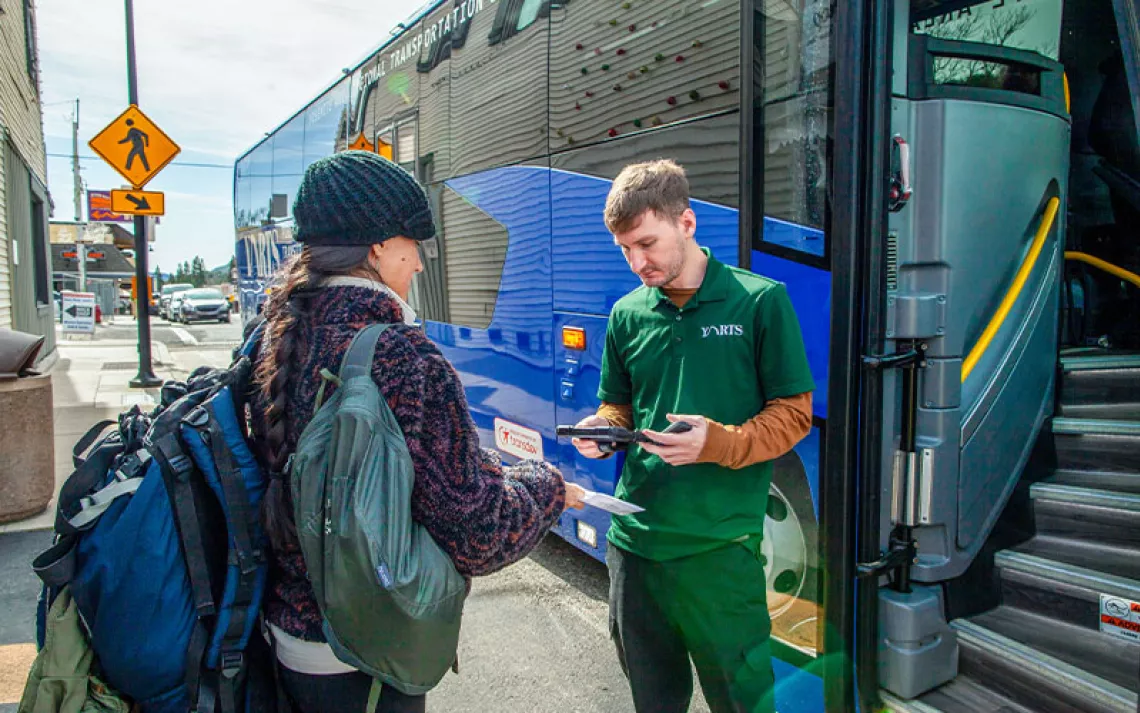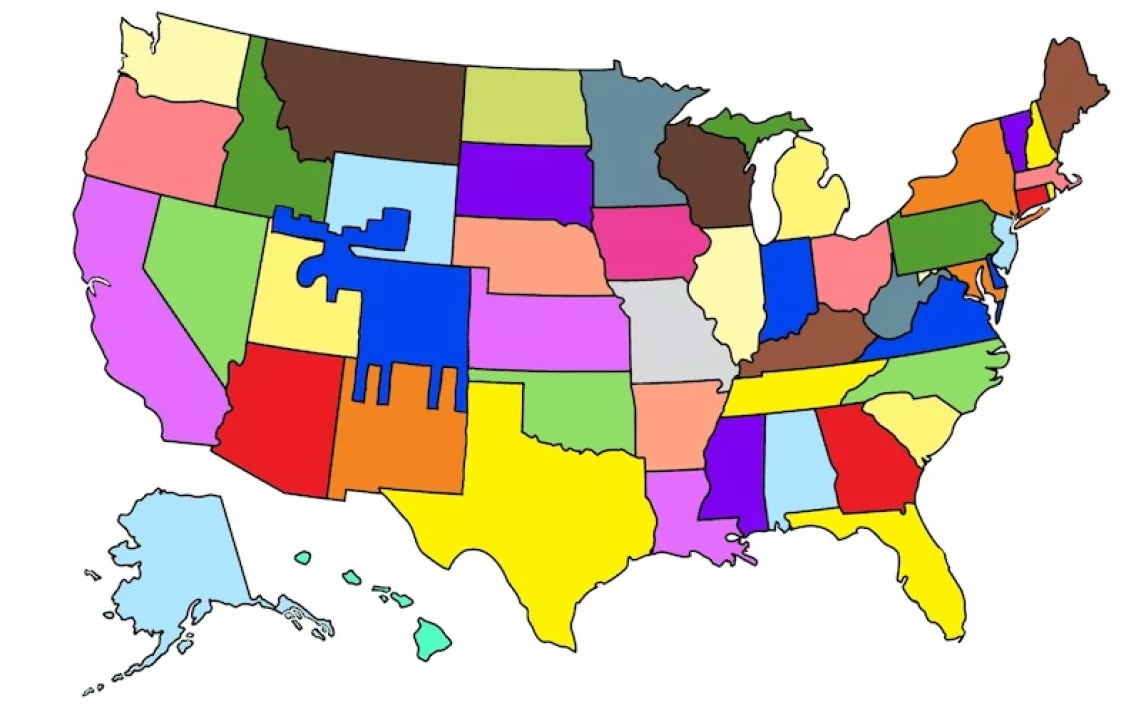Don’t Want to Visit a National Park During the #TrumpShutdown?
Local parks abound—this would be an excellent time to visit one

Photos by Brian Magnier
Face it: With the government shut down over President Donald Trump’s insistence on $5 billion for a border wall, this may not be the best time to visit a national park. Most parks are still open, but visitor centers (and bathrooms) are closed, leading to trashed campsites and vandalized facilities. What’s more, with the House of Representatives now in Democratic hands and President Trump dug in to his position, it’s quite possible that the shutdown could go on for weeks, even months.
Happily, there are ready alternatives all across the country: small, local parks that are free to enter yet often overlooked. Suburban parks may not hold vast herds of elk or bison, but they make up for that with ease of access and child-friendliness. Here are three examples to whet your interest, but you’re sure to find equally intriguing open spaces close to where you live.

Semipalmated plover at the Connecticut Audubon Coastal Center at Milford Point

American oystercatcher at Milford Point
Tucked along the densely populated shores of Long Island Sound are beaches that give refuge to protected birds like the piping plover and the least tern as well as horseshoe crabs. Between New Haven and Bridgeport is one of my favorite wild spaces—the Connecticut Audubon Coastal Center at Milford Point. This stretch of saltmarsh and coastline boasts a bird list of over 300 species. With breeding shorebirds in the summer and snowy owls and ducks in the winter, it’s an incredible place to find yourself any time of the year.

Southern Pacific rattlesnake eating a Great Basin fence lizard, San Diego

Belding’s Savannah sparrow, San Diego

Black skimmers, San Diego
San Diego is a massive, sprawling city, but there’s still an incredible amount of biodiversity to be found just an Uber ride from downtown. Rattlesnakes and lizards abound in many arid scrub habitats, and coastal mudflats are home to threatened birds like Belding’s Savannah sparrow and Ridgway’s rail. Right in San Diego County live some of California’s most beautiful and iconic wildlife species. You can walk along the cliffs at La Jolla, studded with bird nests, with pungent sea lions cavorting below. In Mission Bay, you can watch kestrels float gracefully in the sky, or spy adorably awkward pocket gophers digging up the lawn next to the sidewalks.

Tricolored heron, Apollo Beach Park, Florida
In the Tampa Bay area, there are still pockets of pristine, native habitat within the matrix of agricultural fields and expanding cities. You don’t have to drive to the Everglades to see alligators, manatees, and a myriad of birds: Herons and sandpipers hang out on pretty much every beach, and an incredible diversity of snakes live within a 15-minute drive of downtown. At Apollo Beach Park and other small parks in the area, look for roseate spoonbills, eastern diamondback rattlesnakes, painted buntings, purple gallinules, and bald eagles.

Eastern diamondback rattlesnake, Tampa
Here are three reasons why local parks are vital in this day and age:
1. Even small plots of land provide refugia for plants and animals, allowing them to live on despite the sprawl of human civilization. This can be especially important for migratory species that need a place to rest and refuel during their long journeys.
2. Keeping wild space close to cities helps people remember what is out there. You can go for a hike or a bike ride and actually witness the same wildlife you’d see on TV or your Facebook feeds.
3. In the last 50 years, many children grow up without spending any time in nature. Local parks give kids a chance to get outside, run around, and feed their innate curiosity about the natural world. Who knows, they might even be inspired to become a steward of their local environment.
 The Magazine of The Sierra Club
The Magazine of The Sierra Club







